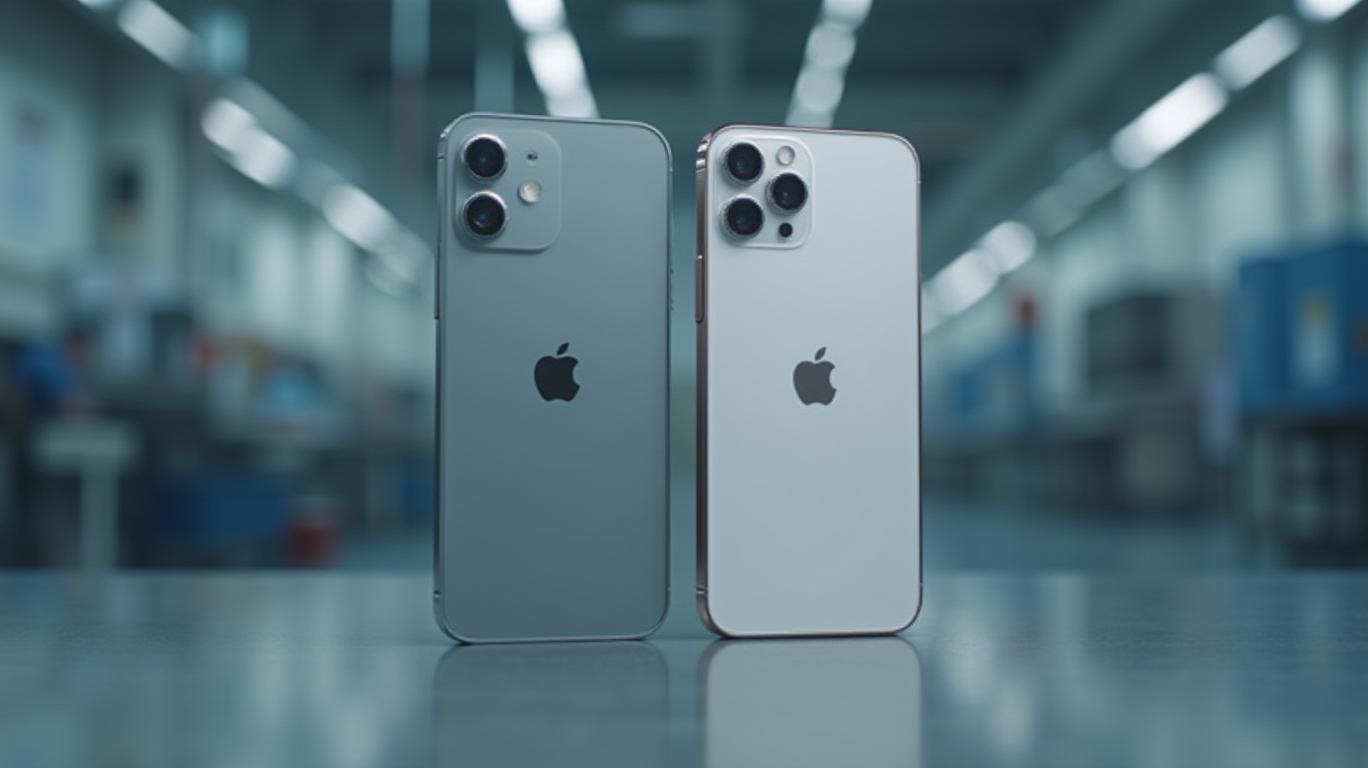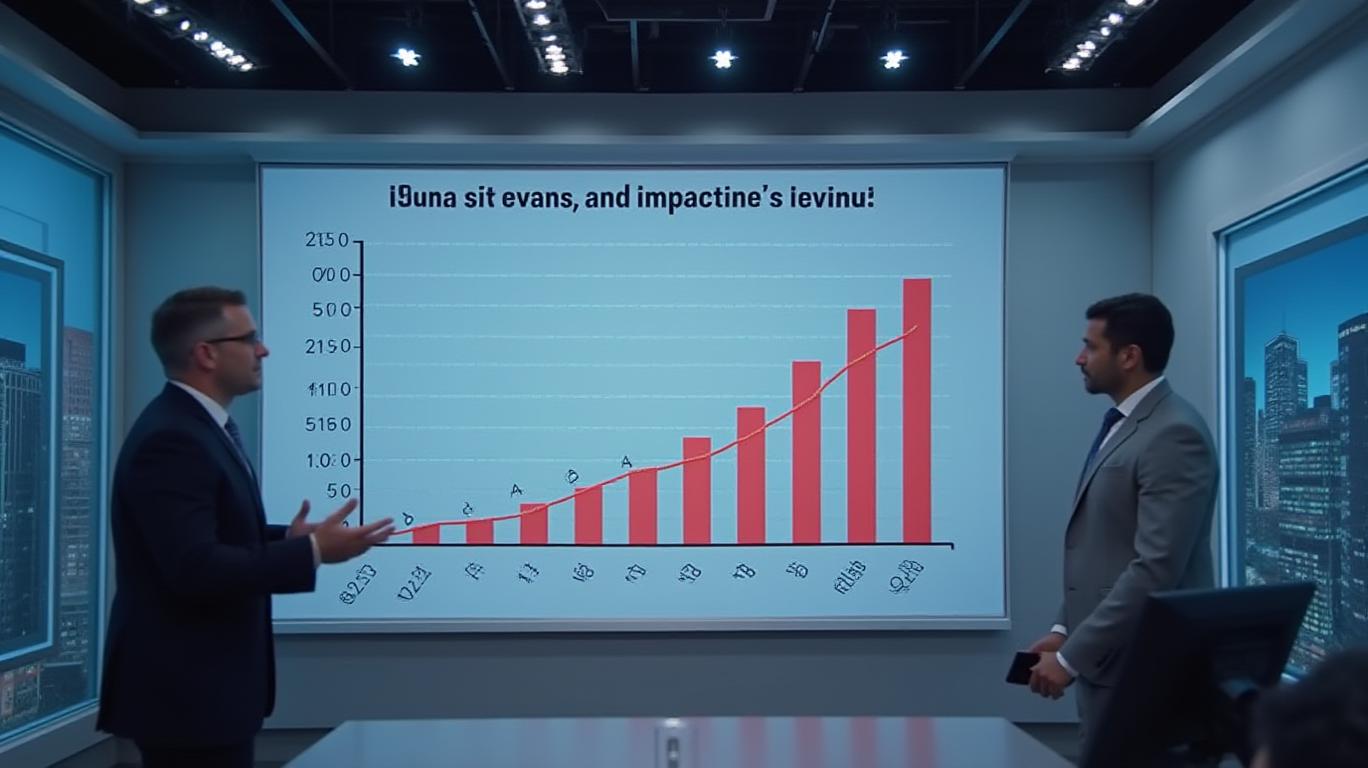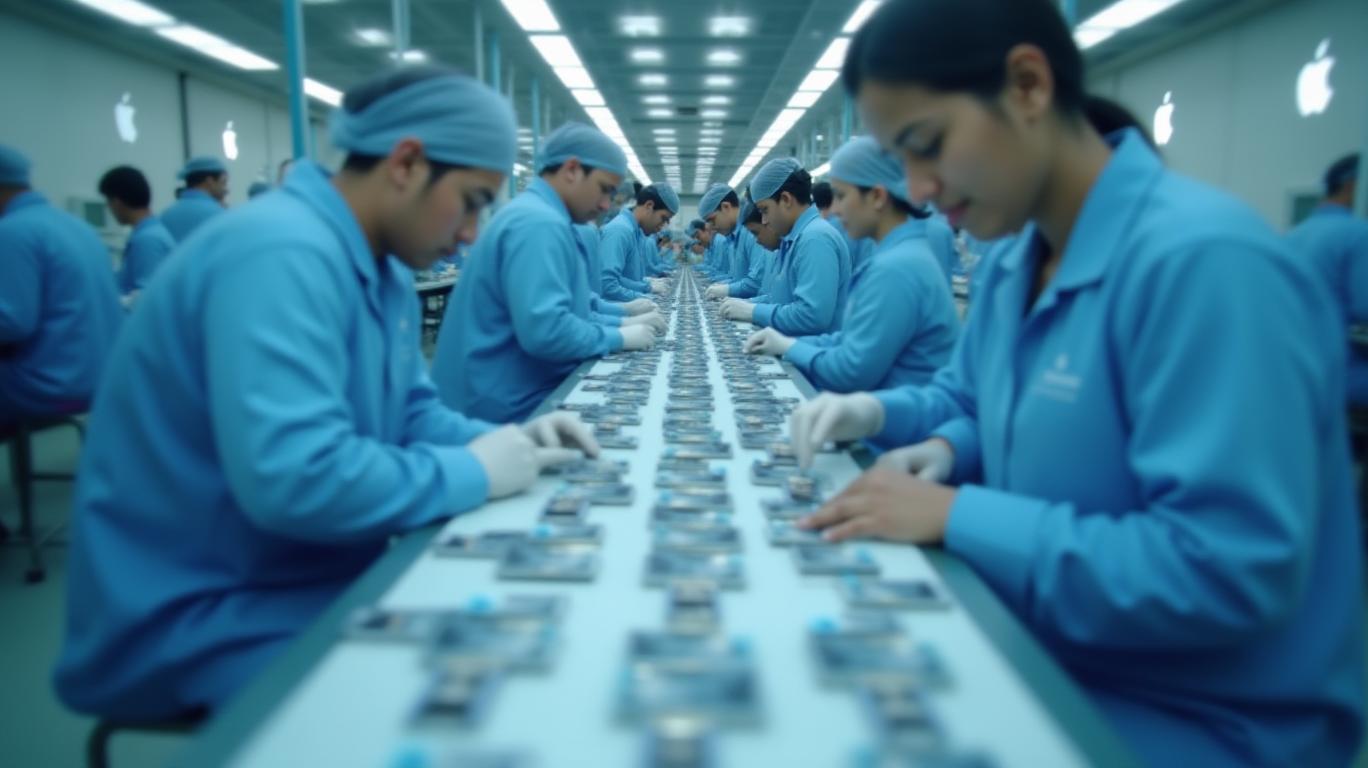Apple's iPhone Strategy Shift: A Bold Move Toward Premium Innovation and Global Dominance
Apple’s upcoming iPhone lineup, as detailed in recent reports, signals a strategic pivot toward premium innovation, design differentiation, and global market resilience. The introduction of new models like the iPhone 17 Slim and potential Ultra variant, coupled with aggressive supply chain diversification, positions Apple to counter rising competition and geopolitical headwinds. Below is a deep dive into the implications for investors.
The New iPhone Lineup: A Dual-Track Strategy
Apple is redefining its iPhone hierarchy with a focus on premium thinness and budget accessibility. Key models include:
- iPhone 17 Slim (2025): A 6mm-thin flagship priced at $1,299, featuring a single rear camera, LTPS always-on display, and an A19 Pro chip. This model targets design-conscious buyers willing to trade features for form.
- iPhone 17 Ultra: A rebranded Pro Max with a 48MP triple-camera system, vapor chamber cooling, and a rumored variable aperture for advanced photography. Priced at $1,199, it will compete with Samsung’s Galaxy S Ultra series.
- iPhone SE 4: A budget-friendly model (likely under $600) with an edge-to-edge display and AI capabilities, aiming to reclaim low-end market share.

This dual-track approach balances growth in high-margin premium devices with affordability for emerging markets. The Slim’s $1,299 price—higher than the current Pro Max—reflects Apple’s confidence in its brand equity to command premium pricing.
Design and Tech Innovations: A Leap Forward or Compromise?
The Slim’s radical thinness (5.5–6mm) comes with trade-offs: a single rear camera and potential durability concerns. Meanwhile, the Ultra’s 3nm A19 Pro chip, 12GB RAM, and 3,000-nit display underscore Apple’s focus on AI-driven features like enhanced computational photography and real-time scene analysis.
However, delays in AI features like personalized Siri and reliance on Qualcomm’s 5G modem for flagship models highlight execution risks. Competitors like Samsung (with its Galaxy Z Fold 6) and Google (with Tensor G3) are also pushing AI and foldable designs, intensifying pressure on Apple to innovate faster.
Market Strategy: Tariffs, Trade, and Global Reach
Apple’s supply chain shift is a masterclass in risk mitigation:
- Manufacturing Diversification: By 2025, 50% of U.S.-bound iPhones will be made in India, while Vietnam produces nearly all AirPods and iPads. This reduces exposure to U.S. tariffs on Chinese imports (now at 145% under the IEEPA).
- Inventory Buildup: Apple’s manufacturing commitments rose to $38.4B in 2025, up from $34.2B in 2024, to stockpile goods ahead of tariffs.
Despite these moves, Apple faces a $900M tariff hit in Q3 2025, reflecting the scale of its reliance on Asian manufacturing. The $500B U.S. investment plan—focusing on chipmaking in Texas and Arizona—aims to insulate against future trade wars but requires years to bear fruit.
Financial Implications: Growth Amid Headwinds
- Revenue Trends: iPhone revenue grew 2% YoY to $46.8B in Q2 2025, driven by the iPhone 16e’s success. However, services revenue ($26.6B, +12% YoY) now accounts for nearly 30% of total revenue, signaling a vital diversification.
- Margin Pressures: Gross margins are expected to dip to 46% (midpoint) in Q3 2025 due to tariffs and rising component costs. Apple’s $100B share buyback and 4% dividend hike aim to offset these pressures, but sustained margin erosion could test investor patience.
Risks and Challenges
- Component Delays: Supplier issues with resin-coated copper parts could delay Slim model production, risking missed launch windows.
- Market Saturation: iPhone sales fell 10.5% in Q2 2024, underscoring declining demand in mature markets like China.
- Competitor Momentum: Samsung’s global lead (20.8% smartphone share vs. Apple’s 17.3%) and its AI-first strategy threaten Apple’s premium dominance.
Conclusion: A Strategic Gamble with High Upside
Apple’s 2025 iPhone strategy is a calculated gamble to reinvigorate growth through design differentiation and AI integration while navigating trade wars. The Slim model’s premium positioning and Ultra’s technical advancements could drive ASPs upward, boosting margins if demand materializes.
Crucially, services revenue’s 12% YoY growth and ecosystem stickiness (e.g., 1 billion paid subscriptions) provide a robust moat. However, execution risks—tariff costs, AI delays, and manufacturing hiccups—remain critical hurdles.
For investors, the long-term thesis hinges on Apple’s ability to:
- Maintain iPhone ASP growth amid rising prices.
- Offset tariff impacts through Vietnam and India.
- Outpace competitors in AI and camera innovation.
If successful, Apple’s stock—currently trading at $190 (up 15% YTD)—could see further gains. A $220–$250 target seems achievable if iPhone sales stabilize and services sustain their trajectory. However, missteps in AI or supply chain could cap upside.
In a saturated market, Apple’s bet on premium innovation is both bold and necessary. The next 12–18 months will reveal whether its strategy can reignite growth or become a costly detour.


_442a2dcc1749832873286.jpeg)
_e68fac6d1749831664430.jpeg)






